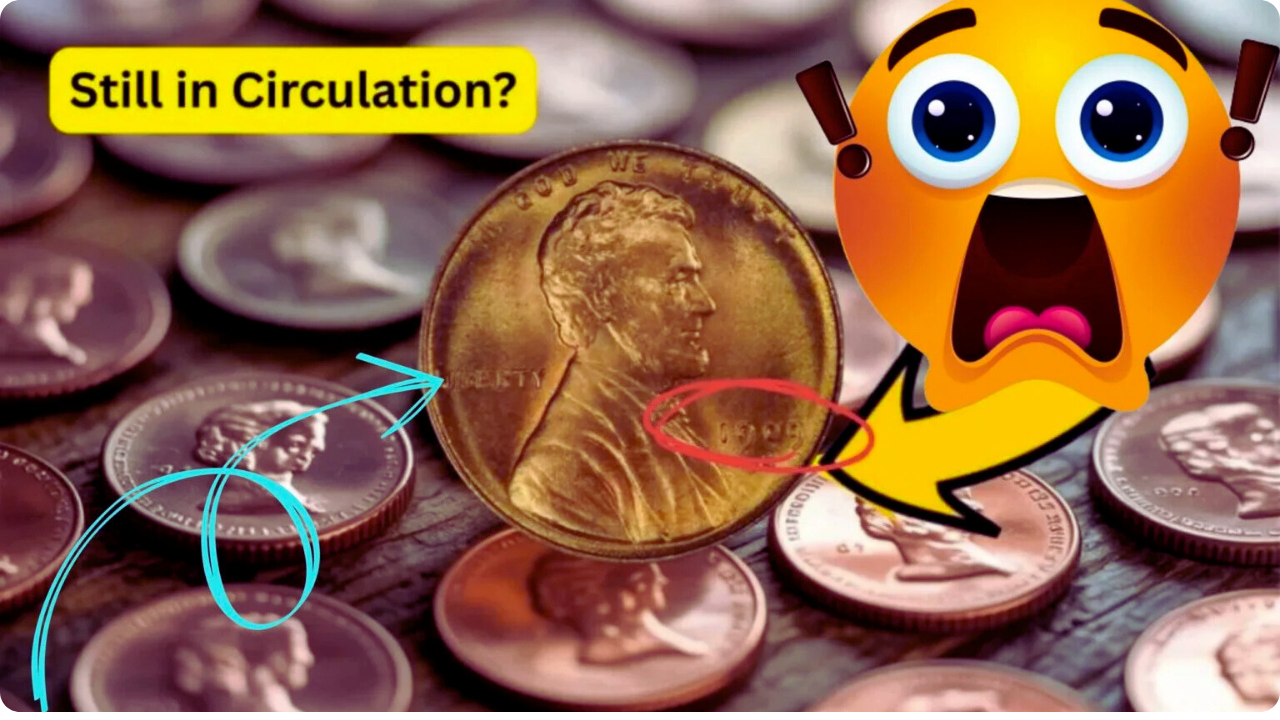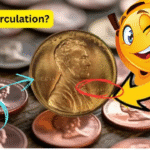Wheat Pennies by Year: Got some old pennies rattling around? You might be sitting on a small fortune! Lincoln Wheat Pennies, minted from 1909 to 1958, are a collector’s favorite, with some fetching thousands or even millions due to rare years or errors. Known for Lincoln’s portrait on the front and wheat stalks on the back, these coins are a slice of American history. In 2025, with coin collecting hotter than ever, we’re breaking down the value of Wheat Pennies by year to help you spot a treasure in your pocket change. Let’s dive into this guide and see which pennies could make you rich!
A Coin with a Rich Past
Introduced in 1909 to honor Abraham Lincoln’s 100th birthday, the Wheat Penny was the first U.S. coin to feature a real person. Designed by Victor D. Brenner, it’s got Lincoln’s profile on the obverse and two wheat stalks framing “ONE CENT” on the reverse. Minted in Philadelphia (no mint mark), Denver (“D”), and San Francisco (“S”), billions were made over 50 years. Most are worth a few cents, but certain years, mint marks, and errors like doubled dies or wrong metals can skyrocket their value, making them a collector’s dream.
Key Years to Watch For
Some Wheat Penny years stand out for their rarity and value. The 1909-S VDB, with the designer’s initials on the back, had a low mintage of 484,000 and can fetch $1,000-$10,000 in good condition. The 1914-D, with only 1.2 million minted, goes for $200-$5,000. The 1922 “Plain” (a Denver error with no “D” mint mark) is worth $500-$20,000. And don’t forget the 1943 bronze penny—a wartime mistake struck on copper instead of steel—valued at $100,000 to $1.7 million! Even common years like 1939 or 1955 can hit $50-$500 with errors like doubled dies.
Spotting a Valuable Penny
Want to know if your penny’s a winner? Grab a magnifying glass and check the year and mint mark under Lincoln’s bust (“D” for Denver, “S” for San Francisco, or none for Philadelphia). Look for errors like doubled letters in “LIBERTY” or the date, which look blurry or shadowed. For 1943 pennies, test with a magnet—steel sticks, but rare bronze ones don’t and weigh about 3.11 grams (steel is 2.7 grams). Condition is huge: shiny, uncirculated coins graded MS-65 or higher by PCGS or NGC are worth the most. Never clean your coins—cleaning kills value!
Why They’re Hot in 2025
The coin-collecting craze is booming in 2025, with Wheat Pennies stealing the spotlight. Stories of finds—like a 1943 bronze penny in a kid’s coin jar—keep the excitement alive. Social media’s buzzing with collectors sharing tips and photos of rare coins, and auction houses like GreatCollections report soaring bids. Values depend on condition: a worn 1909-S VDB might get $700, while a mint-state one hits $10,000. Lesser-known years like 1931-S ($50-$200) or 1955 doubled die ($1,000-$2,000) are also worth checking. It’s a treasure hunt anyone can join!
How to Start Your Hunt
Ready to check your pennies? Dig through loose change, old jars, or family collections. Bank rolls, coin shops, or flea markets are great spots to find Wheat Pennies. If you spot a rare year or error, handle it with gloves to avoid oils and get it graded by PCGS or NGC. Selling through auctions or trusted dealers can bring top dollar, but beware of fakes—some pennies are altered to mimic errors. Visit pcgs.com or ngccoin.com for price guides, or hit up a local coin show to learn more. You might not find a million-dollar penny, but even a $50 one is a cool win!
A Piece of History Worth Chasing
Wheat Pennies aren’t just coins—they’re time capsules from the Great Depression, World War II, and beyond. Finding a rare one is like uncovering a piece of America’s story, with the bonus of a potential payday. Whether you’re a seasoned collector or just curious, checking your pennies is a fun way to connect with history. So, grab that change jar and start looking—you could be holding a fortune! Head to a coin shop or check online resources to dive deeper into the Wheat Penny world.
|
Specifications |
Details |
|---|---|
|
Years |
1909-1958 |
|
Design |
Obverse: Abraham Lincoln; Reverse: Two wheat stalks |
|
Material |
95% copper, 5% tin/zinc (pre-1943); Zinc-coated steel (1943, except rare bronze errors) |
|
Weight |
Copper: ~3.11g; Steel: ~2.7g |
|
Mint Marks |
None (Philadelphia), D (Denver), S (San Francisco) |
|
Key Years/Errors |
1909-S VDB, 1914-D, 1922 Plain, 1943 Bronze, 1955 Doubled Die |
|
Value Range |
Common: $0.01-$5; Rare: $50-$1.7 million+ |











